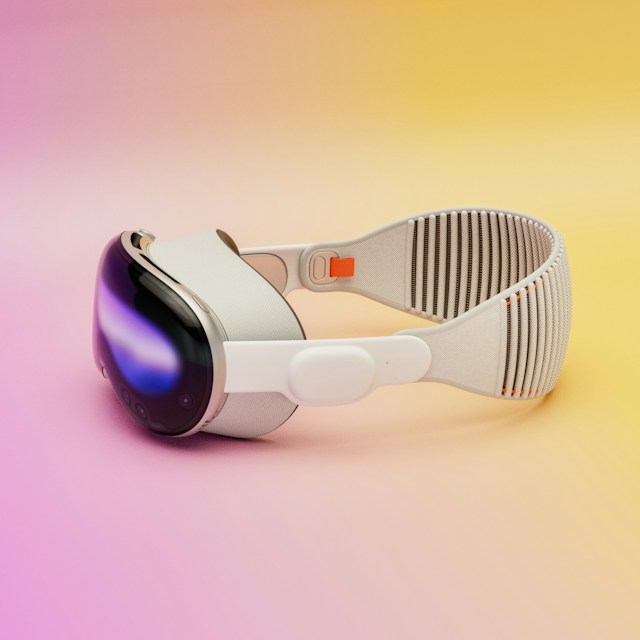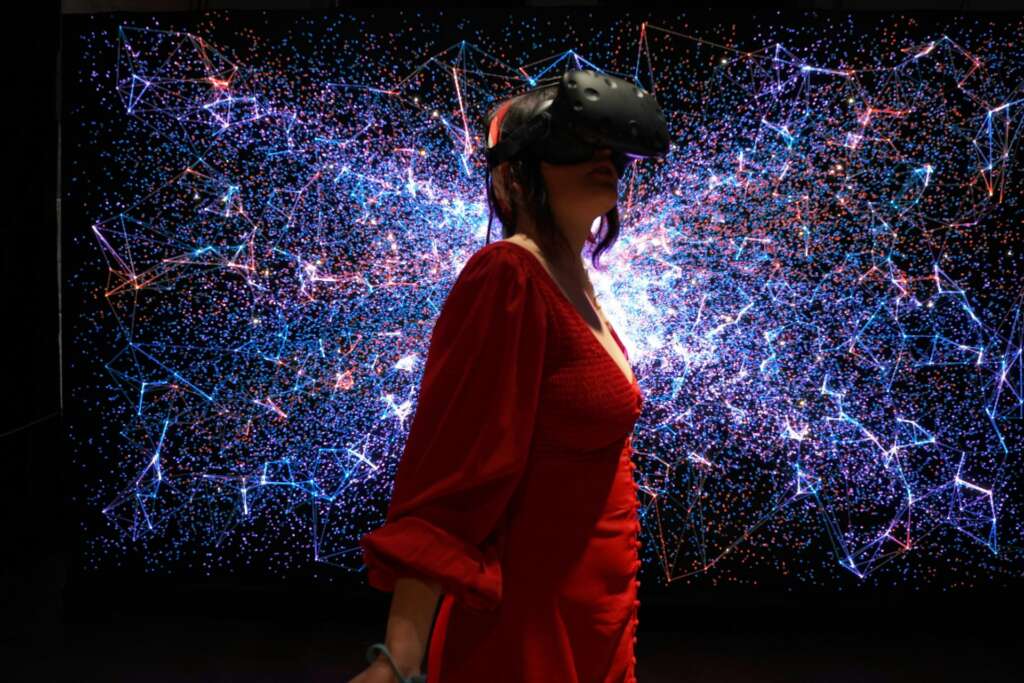Can Apple usher in Augmented Reality in ESL Classrooms? A Glimpse into the Future of Language Education
In recent years, the integration of technology into education has revolutionized traditional teaching methods. Augmented Reality (AR), in particular, has emerged as a powerful tool with the potential to transform ESL (English as a Second Language) classrooms. By overlaying digital information onto the real world, AR enhances the learning experience and provides students with immersive and interactive opportunities to develop language skills. This article explores the exciting possibilities of incorporating augmented reality into ESL classrooms, examining its benefits, challenges, and the potential impact on language education in the future.
The Apple Vision Pro has Landed
While there have been breakthroughs and products from the likes of Google and Meta, they seem to have less of a mass market appeal and stay non-mainstream. Apple is different. When Apple ventures into a new realm of hardware, it’s not just a strategic business move; it unfolds as a transformative event with profound consequences. The ripple effects from the groundbreaking introduction of the first iPhone, reshaping the smartphone landscape, or the initiation of the Apple Watch era, representing a widespread adoption of smart wearable technology, reverberated throughout the tech industry. Consequently, the recent announcement of Apple’s Vision Pro augmented reality (AR) headset has more mainstream adaptation and acceptance potential compared to other entrants.
The Vision Pro headset promises users a seamless convergence of virtual and augmented reality experiences, propelling us beyond conventional methods of interaction and communication. However, its potential impact extends beyond personal use, hinting at a paradigm shift in the field of education. In the last decade, the TEFL landscape has witnessed the infusion of innovative technologies, ranging from smart boards and tables to virtual classrooms and virtual global exchanges.
The case for Virtual Reality in the TEFL Classroom

Thus far, virtual reality (VR) has proven effective in enhancing student focus, aiding comprehension of intricate subjects, bolstering information retention during assessments, and accommodating diverse learning styles. Its immersive qualities allow students to engage visually, auditorily, and physically, presenting an unprecedented avenue for enriched learning experiences.
While the hefty $3499 price tag will limit widespread adoption in TEFL classes, Apple’s considerable investment in emerging technologies signifies a step forward for the mixed reality industry as a whole. The impact on educational users transcends the immediate product; it ignites a broader conversation about the untapped potential of VR and AR in education and often leads to lower cost alternatives quickly developing and trickling donw to the market. If not immediately, within 5 years it is easy to conceive of a $250 option becoming available that can do 90% of what the Vision Pro can do. In fact, it may even surpass the current offering as technology and AI develops at a rapid pace.
The integration of innovations like VR, AR, and the metaverse into education presents a tapestry of possibilities, delivering substantial advantages across diverse TEFL age groups, learning goals, and skill sets. Imagine practicing converstaion language skills in a virtual British pub, leading group of English speaking tourists on a tour in your virtual hometown, or attending a Grade 5 English class in a California public school. With VR on the table, we can provide students with immersive experiences that redefine their understanding of subject matter. This goes far beyond the traditional textbook, whiteboard, and even the electronic aids we have incorporated into learning thus far.
While the prospects of these innovations are exhilarating, they also come with a fair share of skepticism. Introducing VR into the classroom often involves navigating challenges. First, there is the cost factor. Secondly, just like the electronic whiteboard, the hardware may be great but the software and knowledge on how to harness the technology for language learning is paramount. This means developing a curriculum, content, teachers guide as well as student guide in order to maximize the effectiveness of the VR TEFL lessons. Initially it would make sense to use VR as a supplement to traditional classes and develop on it through ongoing R&D and testing. Finally students and parents of students may have reservations about more “screen time” in a world dominated by smartphones, billboards and screens everywhere. A 15 minute demo of the technology will likely convert the most traditional Luddite into a believer
Conclusion
VR holds immense potential to revolutionize ESL classrooms, providing dynamic, interactive, and personalized learning experiences. The benefits of enhanced engagement, real-world contextualization, and collaborative opportunities outweigh the challenges associated with technological barriers, teacher training, and cost considerations. As advancements in VR hardware and AI continue to unfold, the future of language education holds exciting possibilities for global collaboration, adaptive learning, and innovative assessment methods.

To unlock the full potential of augmented reality in ESL classrooms, stakeholders in education – including schools, policymakers, educators, and technology developers – must work collaboratively to address challenges, provide necessary training, and ensure equitable access to AR technology. By embracing these changes, the future of ESL education could be transformed, preparing students to navigate a linguistically diverse and interconnected world. Augmented reality has the potential to not only teach language skills but also foster cultural understanding, communication, and global citizenship in the next generation of learners.
Interested in teaching English abroad in cutting edge markets like Korea, Japan and China? Start here.
